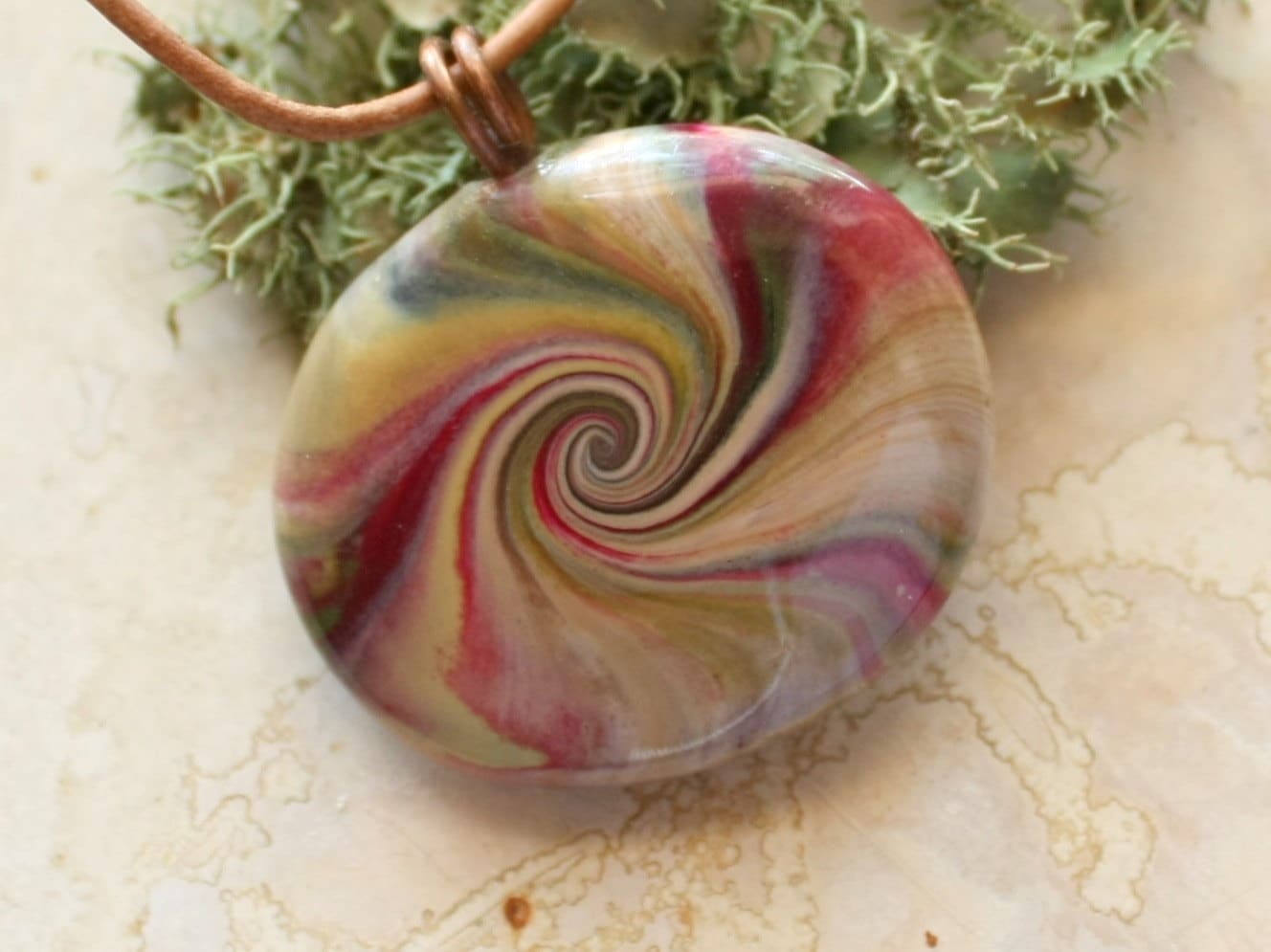We have sea turtles and they have laid eggs! This is an exciting event on our little barrier Island here in the Gulf Coast. We were especially worried about them last year because of the horrible BP oil spill. Many of the eggs that were laid last year were evacuated to Florida for protection and survival after the oil spill. It was a good thing. BP has had a fleet of four wheel buggies running up and down the beaches the whole last year. Not to mention all the digging and sand cleaning.
Here is a photo of the eggs:
If you would like to read more, please check out the
"Share the Beach" blog. It even has some video of sea turtles hatching and making their way back to the water. And, you can find out about some volunteer opportunities and other ways that you can help.
There are several different types of sea turtles. Here's some info about Loggerhead turtles:
Loggerhead (Caretta caretta)

Photo and text courtesy of Texas Fish & Wildlife Service. Photo by Mike Lubich /USFWS.
|
Loggerhead Sea Turtles have characteristically large heads with powerful jaws. They are found worldwide in tropical and temperate waters with temperatures above 10 C. Although sea turtles are subject to predation throughout their life cycle, predation is particularly high during the first two years of life. Highest predation occurs during incubation and during the race of the hatchlings to the sea. The eggs are eaten by ghost crabs, raccoons, skunks, foxes, and dogs. Hatchlings are preyed upon by mammals, sea birds, crabs, and carnivorous fishes. Predation continues to be high until the turtles are big enough to avoid being swallowed by large carnivorous fishes such as groupers, snappers, and jacks. Sharks are a formidable predator throughout the life cycle of sea turtles, although larger turtles can often avoid a shark attack by presenting the flat side of the plastron or carapace to prevent biting.
Date of Listing: Threatened, 1978
Reason for Concern:
Until the 1970's, Loggerhead turtles were commercially harvested for their meat, eggs, leather, and fat. Its meat and leather are not as valuable as the Green Sea Turtle, and its shell is of less value than the Hawksbill. However, in places where regulations are not enforced, the harvest of turtle meat and eggs remains a problem. Because of their feeding behavior and their habit of wintering in shallow waters, Loggerheads, along with Kemp's Ridley Sea Turtles, are more likely to be caught in large shrimp trawl nets and drown. Today, Turtle Excluder Devices (TED's) pulled by shrimp boats help reduce mortality from net entanglement by allowing many turtles to escape from the nets.
Size: Adults weigh 170 to 500 lbs. and have a carapace up to 45 inches in length.
Diet: Although feeding behavior may change with age, this species is carnivorous throughout its life. Hatchlings eat small animals living in seagrass mats which are often distributed along drift lines and eddies. Juveniles and adults show a wide variety of prey, mostly such as conchs, clams, crabs, horseshoe crabs, shrimps, sea urchins, sponges, fishes, squids, and octopuses. During migration through the open sea, Loggerheads eat jellyfishes, pteropods, floating molluscs, floating egg clusters, squids, and flying fishes.
Habitat (where it lives): Loggerheads are capable of living in a variety of environments, such as in brackish waters of coastal lagoons and river mouths. During the winter, they may remain dormant, buried in the mud at the bottom of sounds, bays, and estuaries. The major nesting beaches are located in the southeastern United States, primarily along the Atlantic coast of Florida, North Carolina, South Carolina, and Georgia. Only minor and solitary nesting has been recorded along the coasts of the Gulf of Mexico.
Life Span: At least 30 years and up to 50 years or more.
Reproduction: This is the only sea turtle that can nest successfully outside of the tropics, but the summer surface water temperature must be over 20 C.As with other sea turtles, females return to lay their eggs on or near the same beach where they hatched. Unlike other sea turtles, courtship and mating usually do not take place near the nesting beach, but rather along the migration routes between feeding and breeding grounds. Females may nest several times during a breeding season (April- September), laying as many as 190 soft, round white eggs per nest. The eggs incubate in the sand for 55 to 75 days. The incubation period is longer when the weather is cool, and there is evidence that cooler incubation temperatures produce more male hatchlings. Hatchlings emerge from the nest mostly at night. After the majority of the hatchlings appear at the surface of the nest, they start a frenzied race toward the surf and out to sea.
Population Numbers: Unknown
Interesting Fact: Loggerhead hatchlings and juveniles are frequently associated with sea fronts (areas where ocean currents converge), downwellings, and eddies, where floating open ocean animals gather. The time that young turtles remain in these places feeding and growing is called the "lost year". During this period, young turtles float on rafts of seaweed with the currents, feeding on organisms associated with sargassum mats.
Have a great Day!
Janie











